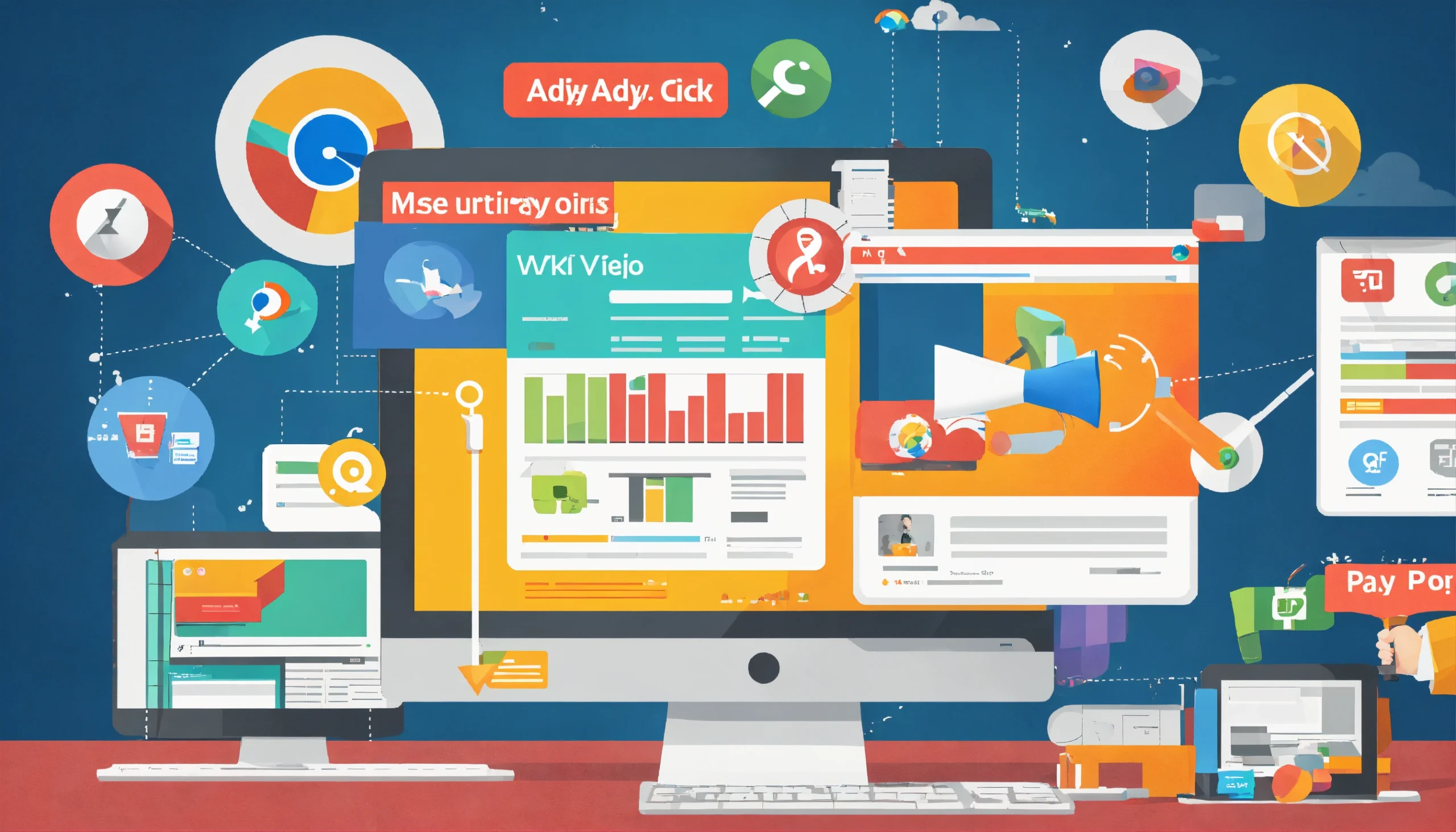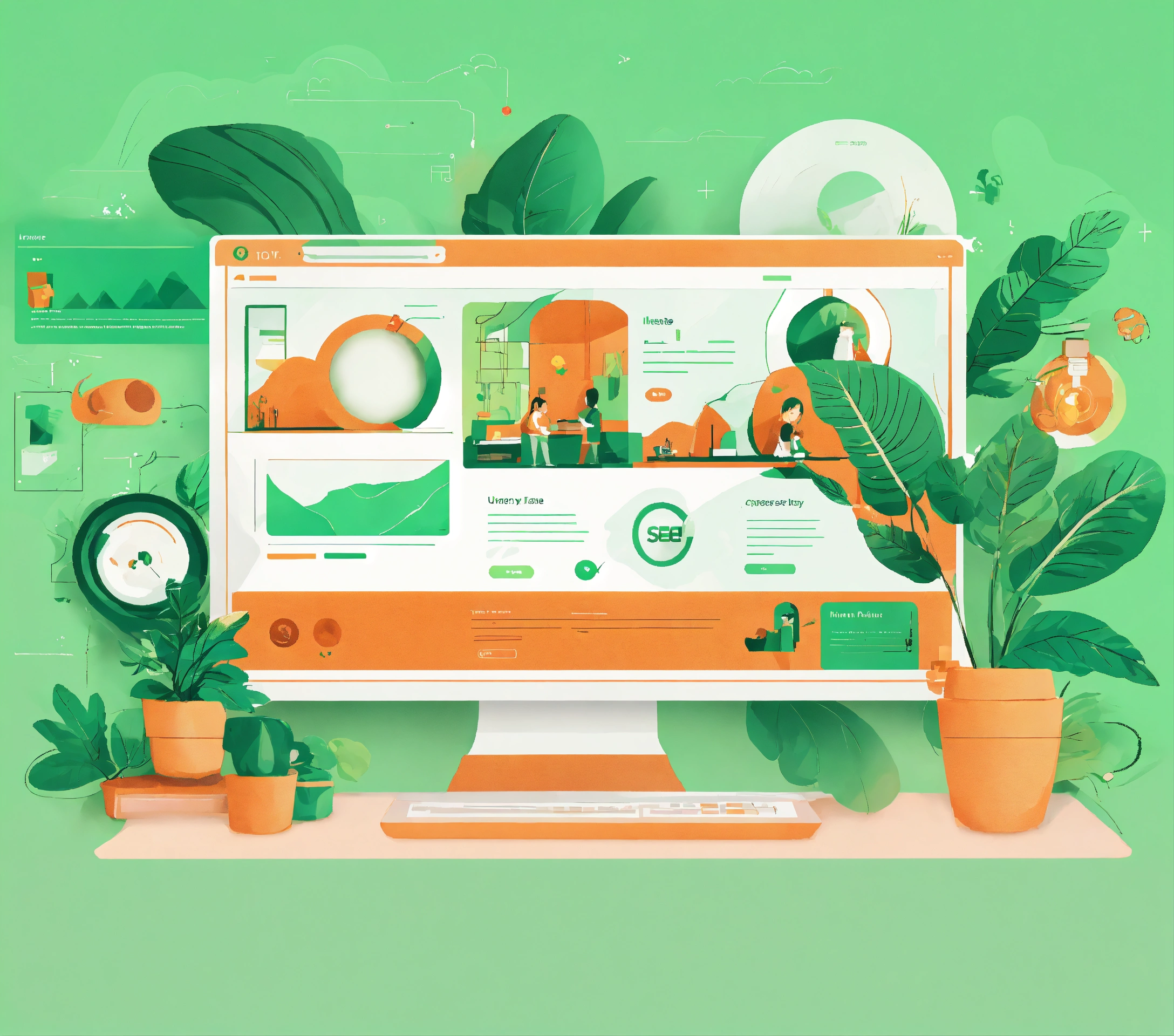
Even before the first line of code is written, a website starts with a concept. This is more of a production and marketing task than a programming task. yet just as important for web development. Whether the website is for you or a client, you need to answer these six questions before you sit down at the drawing board.
It starts with your own area that you know. Then we turn to the visitors, and finally we look at what others are doing.
Without a specific theme, you wouldn’t be building a website. A website costs time, and hosting costs money. Therefore, you need to know exactly what you want to show. You can present yourself as an expert and professional to provide either high-quality information or your skills as a service. It can also be a product that can be bought. The what determines the structure of your website.
Conveying specialist knowledge is reflected, for example, in many individual pages that must be easy to browse. The easiest is a blog that is sorted by publication date and possibly also a few categories. For an expert site, alphabetical or top-down sorting is better. Since every page needs a unique URL, it is important to set up a system in which every page fits, even those that are still being written. If you sell products, you need one page per product and a few additional ones for standards such as store finder, shopping cart, and imprint.
Talk less about yourself and more about your readers. Yes, it can be interesting to say what you do or who you are, but a reader is interested in solving their problem. Most products or services are a means to an end. We buy a light bulb to have light in the dark, a washing machine to wash dirty laundry.
We buy a car to get from A to B independently. We buy new clothes to feel beautiful and sports shoes to play sports. We buy a video game to play and a movie ticket for entertainment. All of this is information that you can play with.

Not who are you, but who is your target audience, demographically and as a role in decision-making? Whether we’re dealing with a business or a private individual, there are five aptly named roles involved in the purchase:
Initiator
Influencer
Decider (decision-maker)
Buyer
User
You can probably guess what their roles are by the name. One person can cover several roles at the same time. For fun, we assume just that:
As the initiator, you get up from your desk because it’s noon and you haven’t eaten anything yet. Influencers—not the tiresome social media personality, though they can play a role—alert you that you’re actually hungry: your stomach is growling. The colleague also told us earlier about the new snack bar around the corner, and on the way to work, you read the latest findings in nutrition. As a decider, you go to the recommended restaurant and read the menu. Buyers and users negotiate what they end up ordering: how much money they want to spend and what they like.
How the people involved in the purchase decision differ can be seen if we take a family as an example. The parents pay, but the child plays with the toy. And the little ones know very well what they like and what they don’t.
Each of the decision-makers is unique. However, it is often possible to filter out one or more homogeneous groups from the large crowd that are particularly suitable as a target group.
Addressing the whole world only works for generics, but you probably wouldn’t necessarily set up a website for that. The more specific the product or solution, the more the target audience will be. We are looking for a sufficiently large group of like-minded people, but different from others. Cohorts with similar characteristics and demographics become ideal customers. This leads to stereotyping, and today we are less subject to social constraints than before. We probably don’t cover every individual who would be interested in our product.
Through an imaginary buyer persona, we can put ourselves in the shoes of our target group. First, the simple: What gender, age, education, marital status, and income do you imagine as a customer? For example, if you sell a hardware store tool, the first thing that comes to mind is a man with his own house. Therefore, he is probably over 40 years old, has time and a little skill to try his hand at DIY, but is also not so well-paid that he prefers to hire a specialist. This persona is the total opposite of a typical customer of designer jeans.
The buyer persona goes into much more detail than just socio-economic characteristics. Come up with a whole personality with a name, backstory, dreams and worries, likes and dislikes. For example, which TV show would they watch, which nutritional theory would they follow, and how would they organize their day? When it comes to designing the website, consider your buyer persona.
In the context of the buyer persona, we can look at the buyer’s journey. This refers to three phases in the decision-making process:

Google Ads is more than just an advertising platform; it’s a gateway to unparalleled business growth. By implementing a well-thought-out strategy, you can unlock new opportunities, reach your ideal customers, and scale your business like never before.
You are completely free to design your page. First ideas are often the best when they flow without restrictions or comparisons, but you don’t have to reinvent the wheel either. If you look at other websites for inspiration, you will get an idea of what is already established to make it easier for users to find their way around. What do your competitors’ pages look like in design, color, or wording? You can be explicitly similar or completely different.
How do you ultimately monetize the website? Except for you, it’s simply about the joy of it. As I said, products or services are a means to an end, just like the website for them.
You want to get something back for your effort. Do you want to sell something? Clients or finding a job? Attract many readers to earn money with advertising? Even people with a sense of mission strive for profit, even if not directly of a financial nature. Whatever you want to achieve, your website should highlight it.
After all the theory, we come to the practical. The message and structure of your website are built on the foundations just laid. This can be done without any programming experience. These five steps will bring you clarity:
Set a timer for 15 minutes and brainstorm: What is your message to the website visitor? Write down everything that comes to mind.
Choose the best message from your list. This is usually the one that excites you the most.
Given your message, what would be a suitable call-to-action? What do you want visitors to do on your site? This can be “Hire me,” “Read more,” “Write me,” “Buy now,” and so on.
Define the content. In light of the call-to-action, what does the visitor need to see or read in order to respond to your call? Do you want them to read your blog? Do you list your skills and show your portfolio? Do you highlight the functions of a product? References? Write down everything your website needs.
Take pen and paper. Your list above contains the different sections of your website. Take your time, draw rectangles, and structure your website. Can everything be on one page? Or would you prefer several pages? Also, don’t forget about additional pages such as a contact page, an imprint that some countries—Germany, for example—require, or terms and conditions and privacy policies, if any.
This will help you outline a well-structured website. We recommend that you definitely get the opinion of friends or acquaintances. That’s a good reality check. This way you can see if others also understand your idea.

We’re here to help you strategize, grow, and achieve unparalleled success for your business. Let’s make it happen together!

Accelerating growth with creative digital marketing strategies designed to enhance brand visibility, boost engagement, and drive sustained conversions for long-term success.
© Copyright 2025 Lineesh – All Rights Reserved.